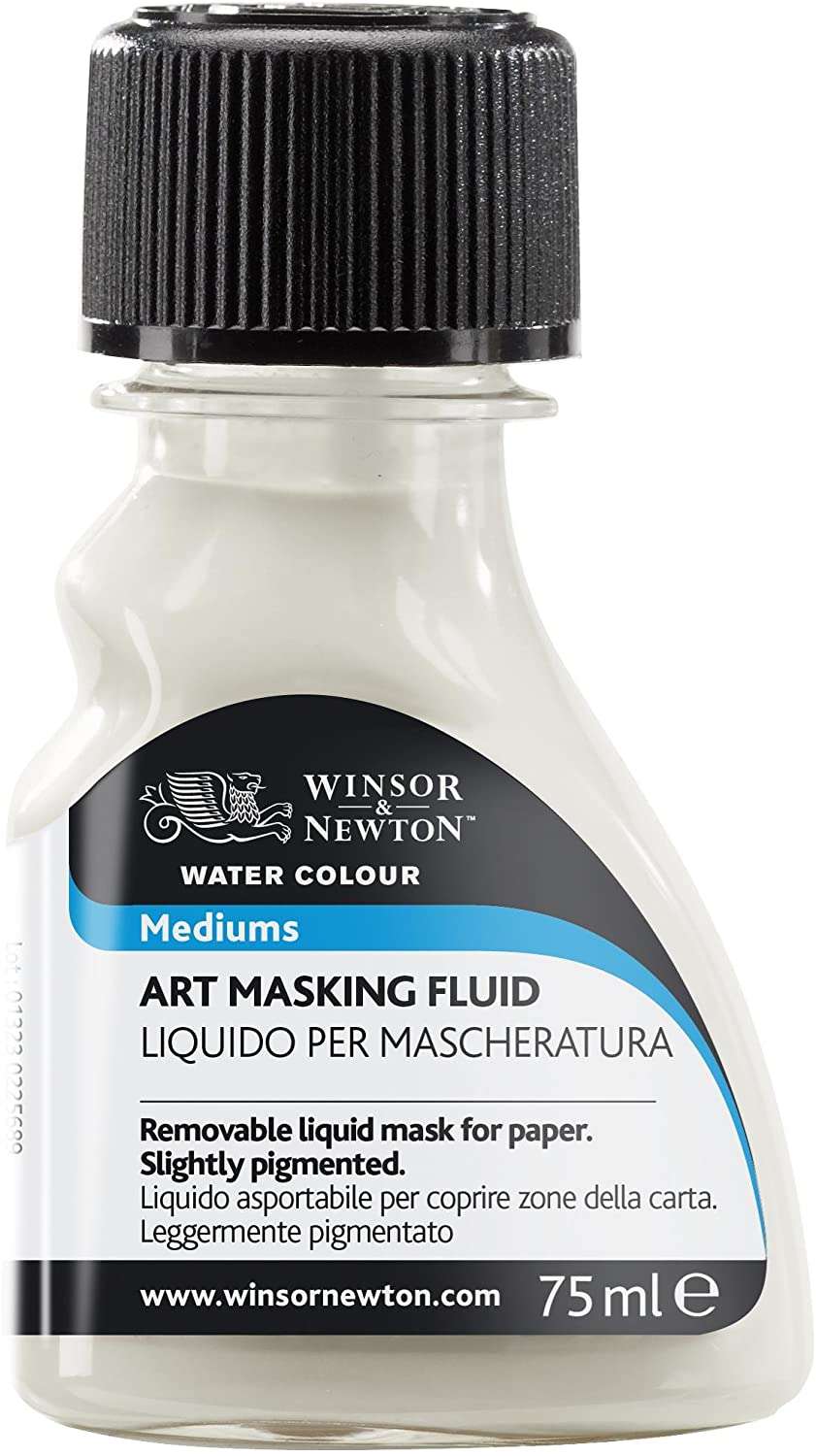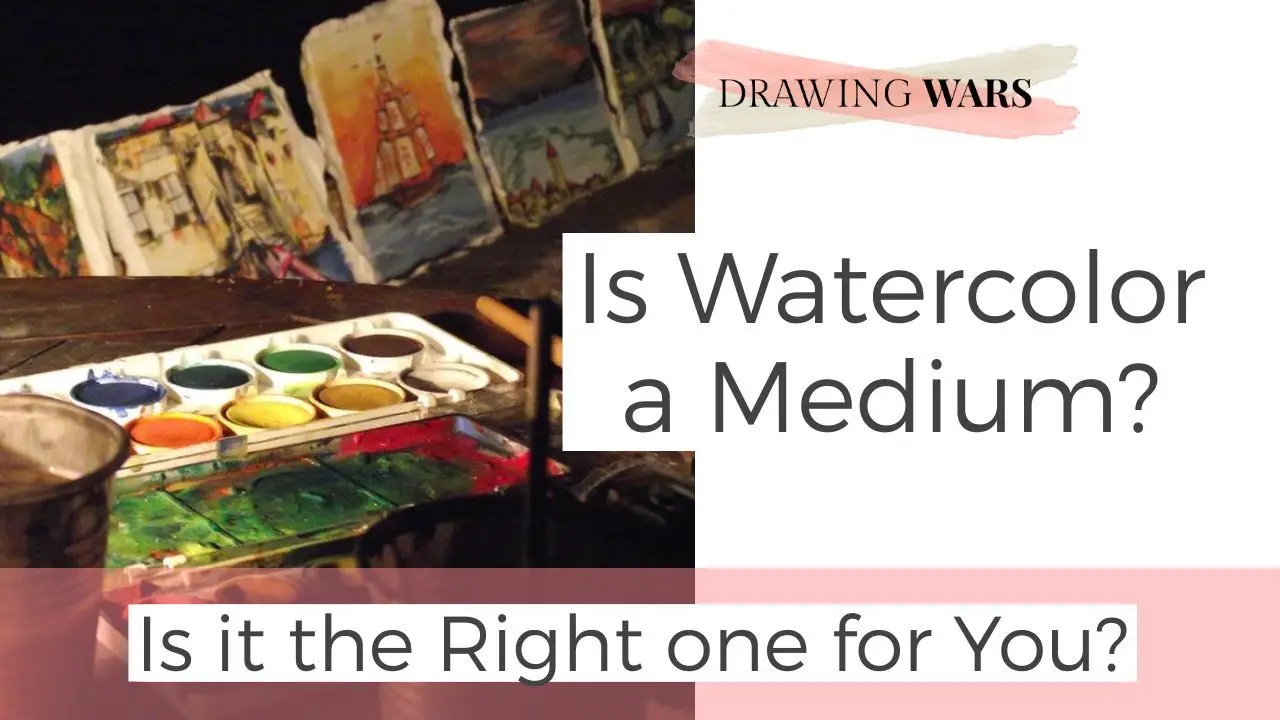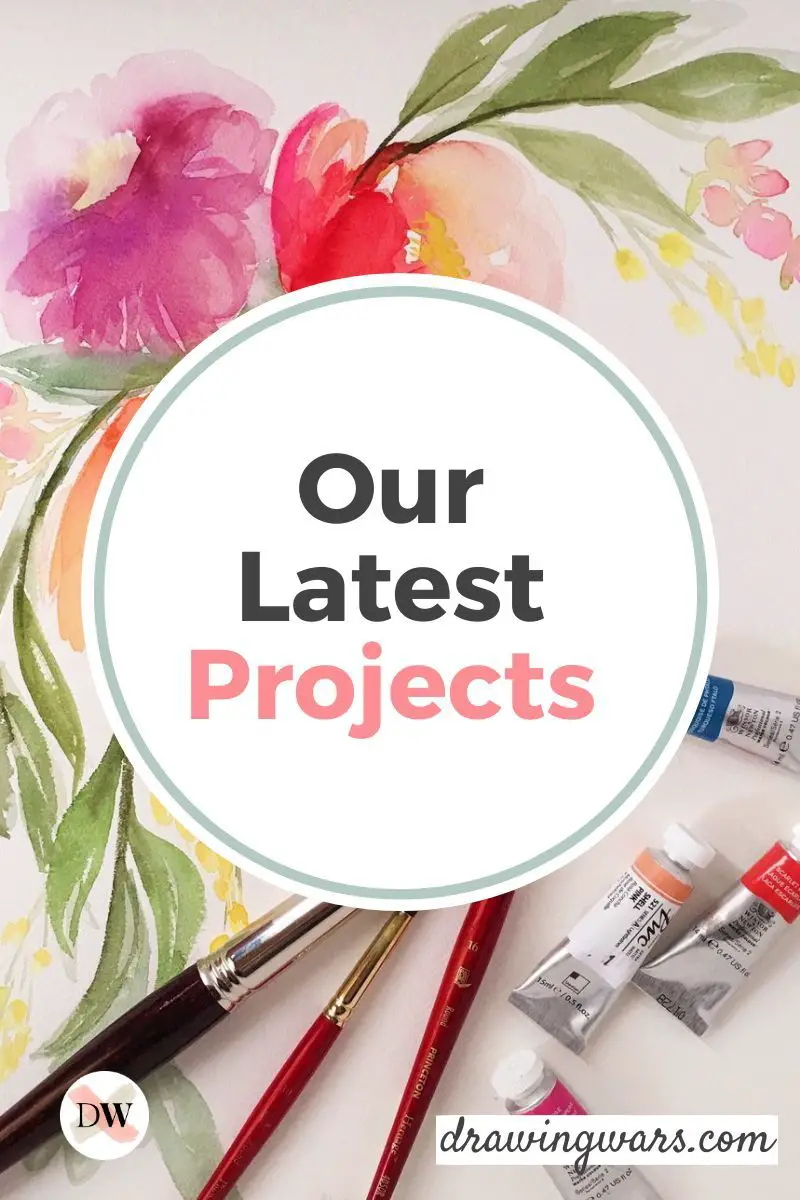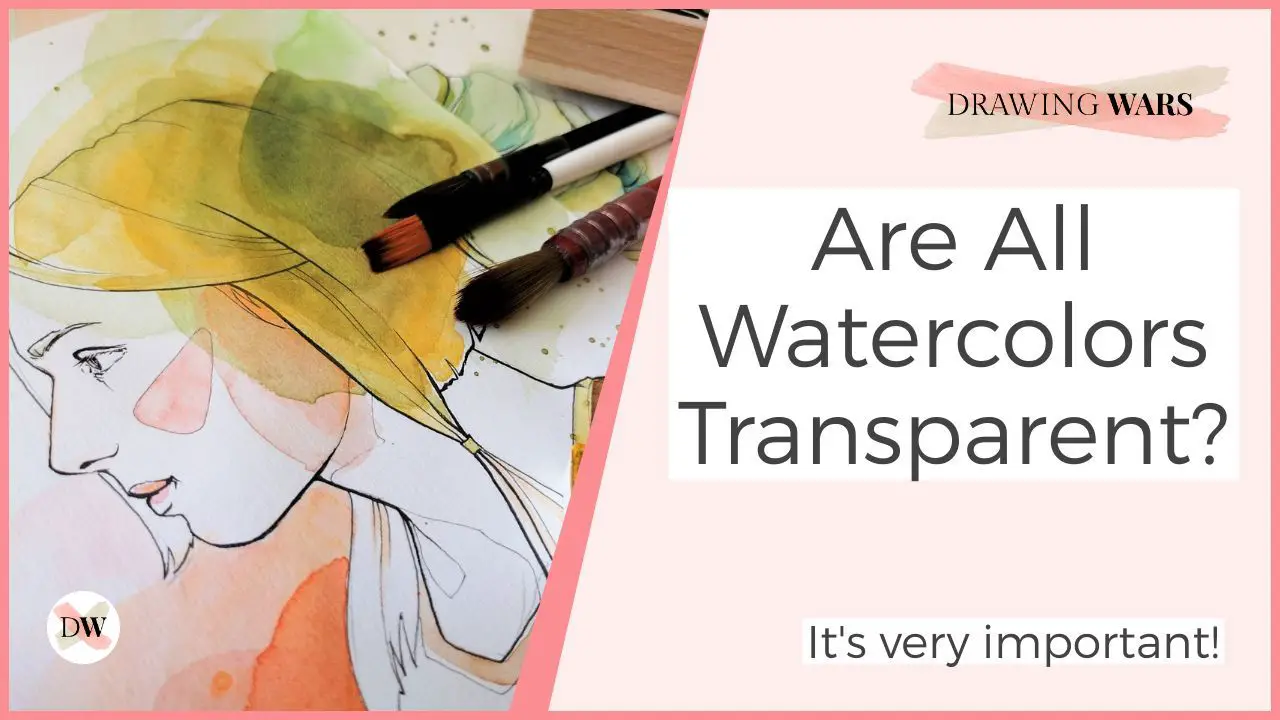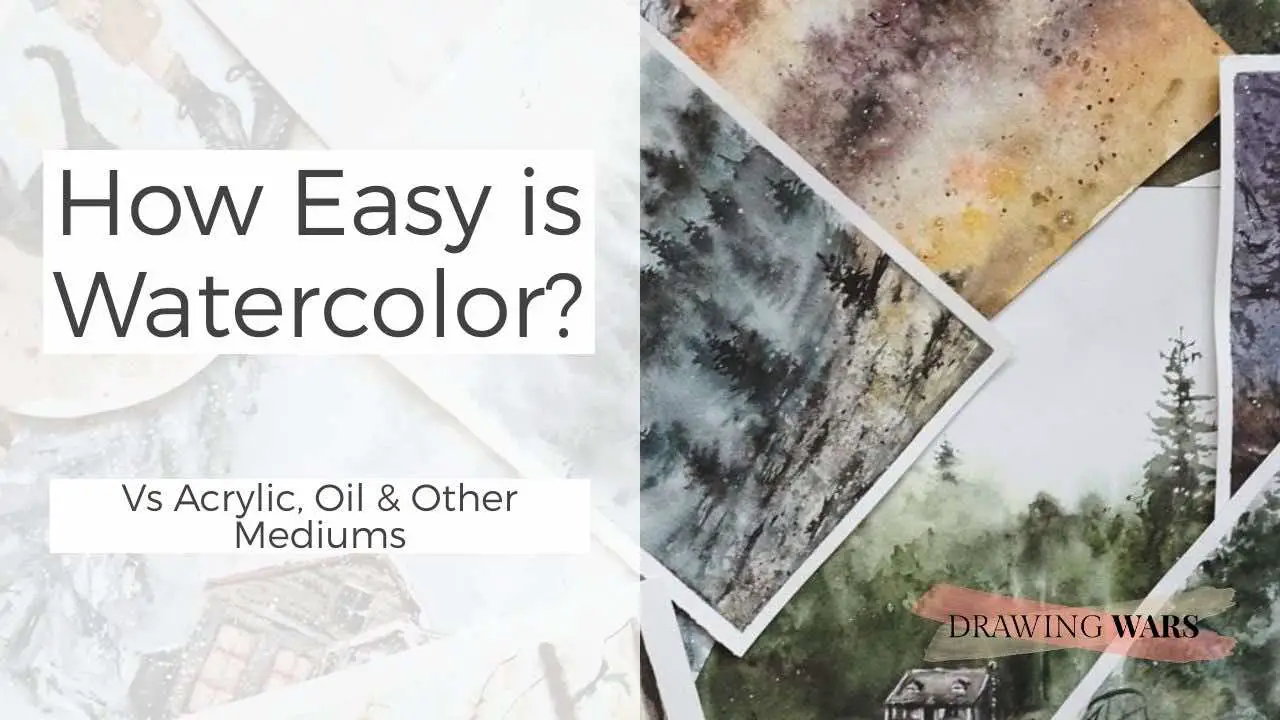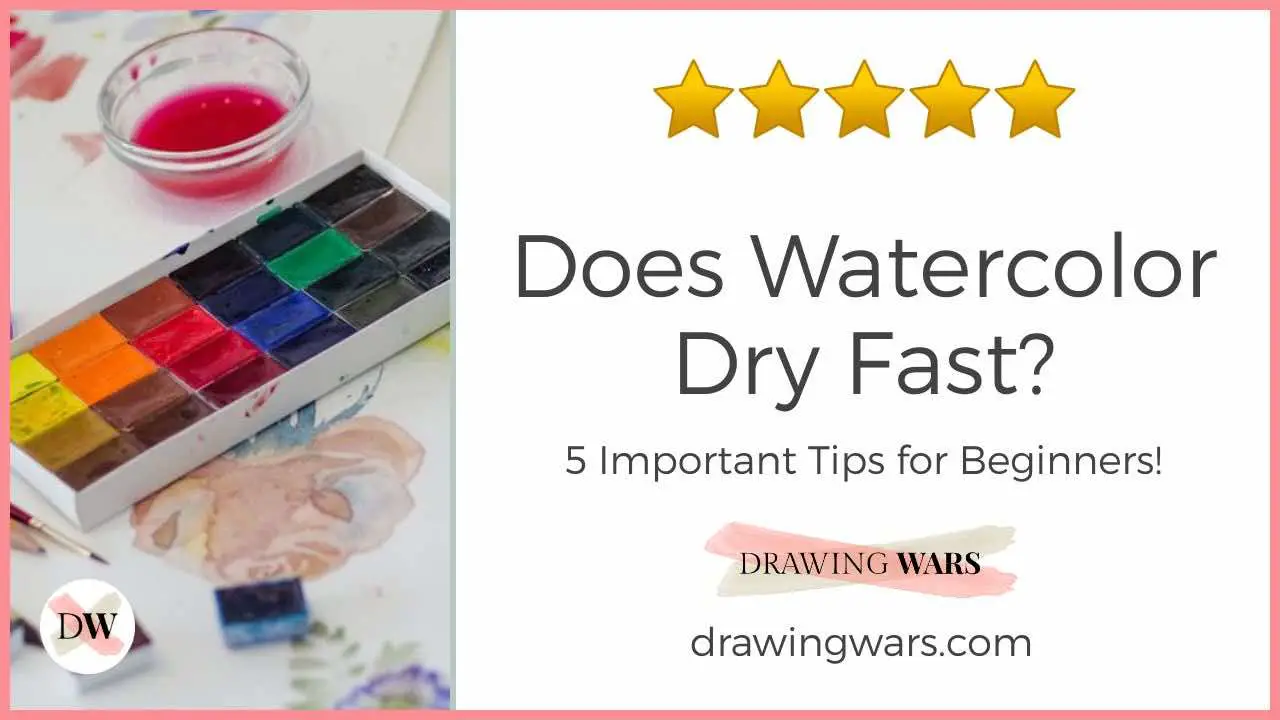
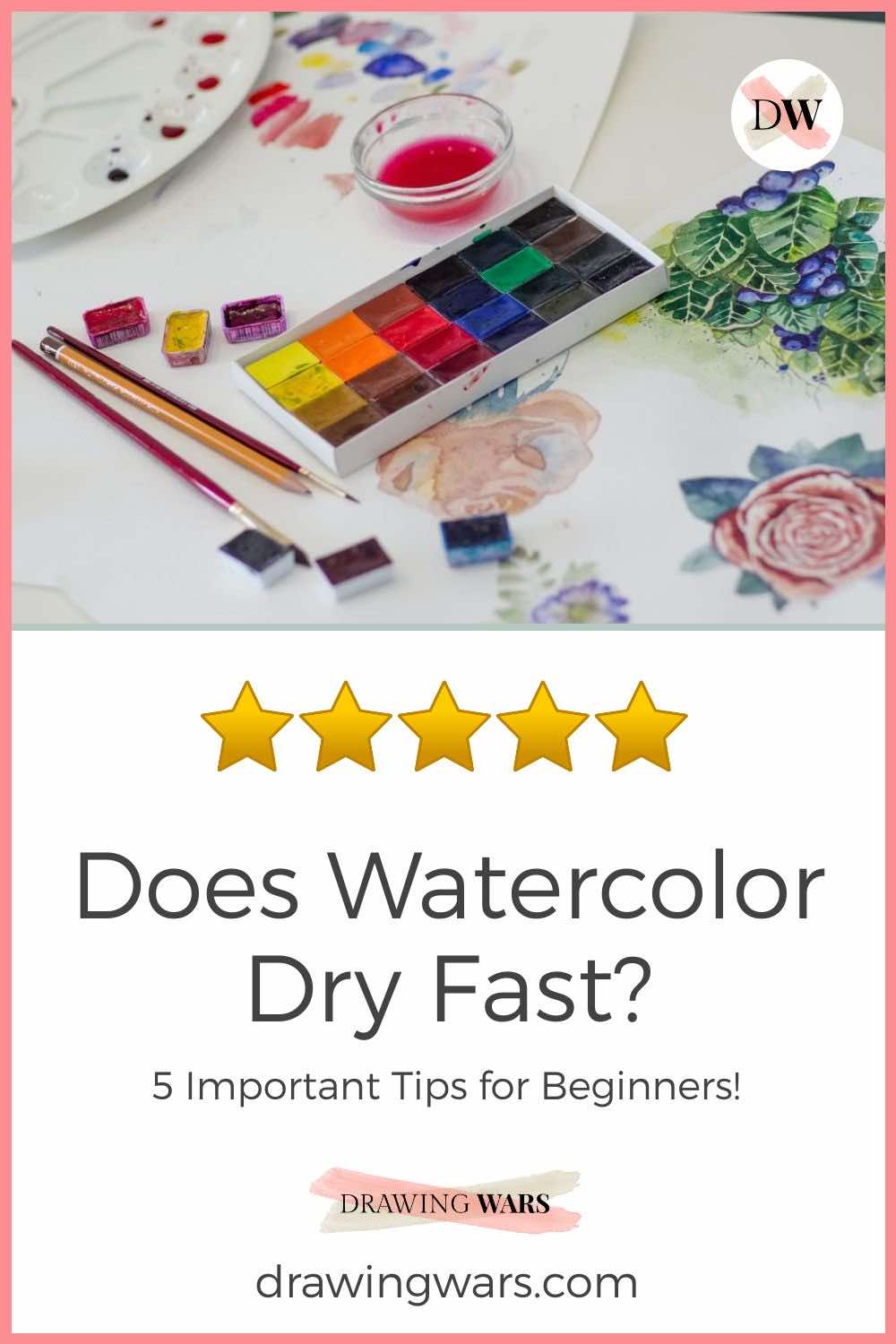
Introduction
Watercolor is one of the first painting mediums that beginners try out. And why not? Its versatility makes it an excellent choice. We started with watercolor because it’s low maintenance, but it turned out pretty hard in the beginning! Its drying speed can be pretty unpredictable if you don’t know how to handle it.
The drying time of watercolor depends on how much water you add to the color. The more the water, the greater the flow of the paint, and the drying time would increase too. However, it could dry slower in moist environments.
1. Control the flow better by using wet-on-dry
It all comes down to the water!
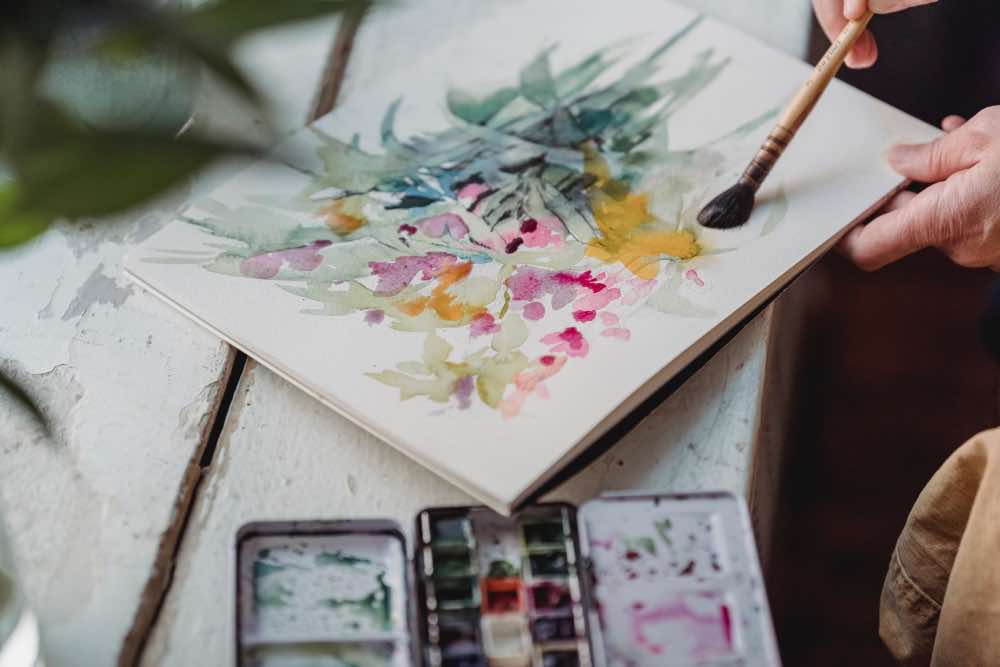
Some watercolor techniques take more time to dry compared to others. Wet on dry is the watercolor painting method that takes the least time.
As a beginner, you would need to be aware of these basic watercolor techniques.
-
Wet on dry: This is the easiest watercolor technique. You wet the brush before dipping it into the paint but leave the paper dry. Hence, there’s little water to control and minimal chances of paint spreading around.
-
Wet on wet: The most difficult technique to master. In this method, you cover the entire sheet with water while it’s laid out flat. Then you use a wet brush with paint on it. So it’s good for creating abstract and spontaneous effects. But it’s difficult to manage the flow of the paint unless you have good control over the movement of the brush.
-
Dry on dry: This could get a bit too dry and create a scratched or bad look. It’s best to avoid this technique if you’re a beginner and unless you’re practicing miniature painting.
With wet techniques, you will have to be careful. Especially with wet on wet, as this method takes a lot of time to dry. While that might sound like an advantage, you should be able to control the flow.
Avoid using the wet-on-wet technique because it requires a lot of water. You can always go back and add more water if needed right before the paint dries.
PRO-TIP
Create a wash
Planning to tint or wash your watercolor paper with a certain color? Avoid using a small brush as that can leave strokes and will unnecessarily require more water. Use a giant flat brush and wait for the first wash layer to dry before applying the next one.
2. Plan ahead of the painting
Watercolor paintings may require some planning!
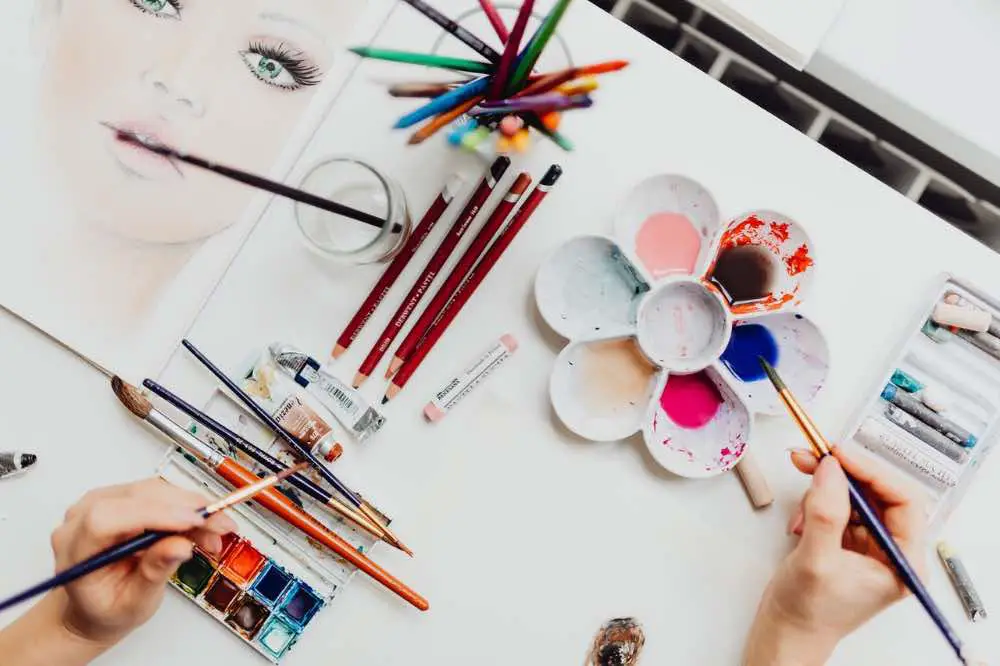
A preliminary sketch or underpainting creates tonal values and contrast to better plan the light and shadow of a painting.
Sketch out the entire drawing before you proceed with the painting. You need to be clear about the light and dark areas. One good way to do this is to sketch the lighter areas with less pressure as compared to the darker areas. The final painting layer over the underpainting dries quickly because it doesn’t reach the paper beneath directly.
Another way to plan a watercolor painting is to make an underpainting first. An underpainting usually takes one color and its varying shades are then painted on watercolor paper. This makes you focus on the contrast and tonal values of the painting rather than on the colors.
PRO-TIP
cool and warm shadows
Use a cool color in the underpainting to set an overall bluish temperature for the final painting. Typically, warm light creates cool shadows and vice versa.
3. Use masking fluid for the highlights
Luminosity is the key feature of watercolor paintings!

Masking fluid is a watercolor painting medium applied before beginning the painting. It is applied with a brush on the areas that are supposed to be white and highlighted.
You have to wait for the fluid to dry before beginning to paint. Once it’s dry, you can start your painting and then peel off the masking fluid once you’re complete with your artwork.
You should use a masking fluid when if it’s hard for you to make an underpainting. It is also a good idea to use it if you’re not confident about giving varying tones, tints, and shades in your painting. For creating highlights and controlling the flow of water and drying time, try to understand the subject in your painting. Highlights in a watercolor painting are meant to portray light. So be sure about the light and shadow of your subject.
Winsor & Newton Masking Fluid
Use this slightly tinted masking fluid to create highlights. Peel it off after it dries!
WARNING!
Never use a new brush
Don’t put masking fluid on brushes that you use for watercolor painting. Masking fluid is a sticky gum-like substance. It could be hard to remove.
4. Use thin washes
Using thin watercolor washes has plenty of benefits but be careful!
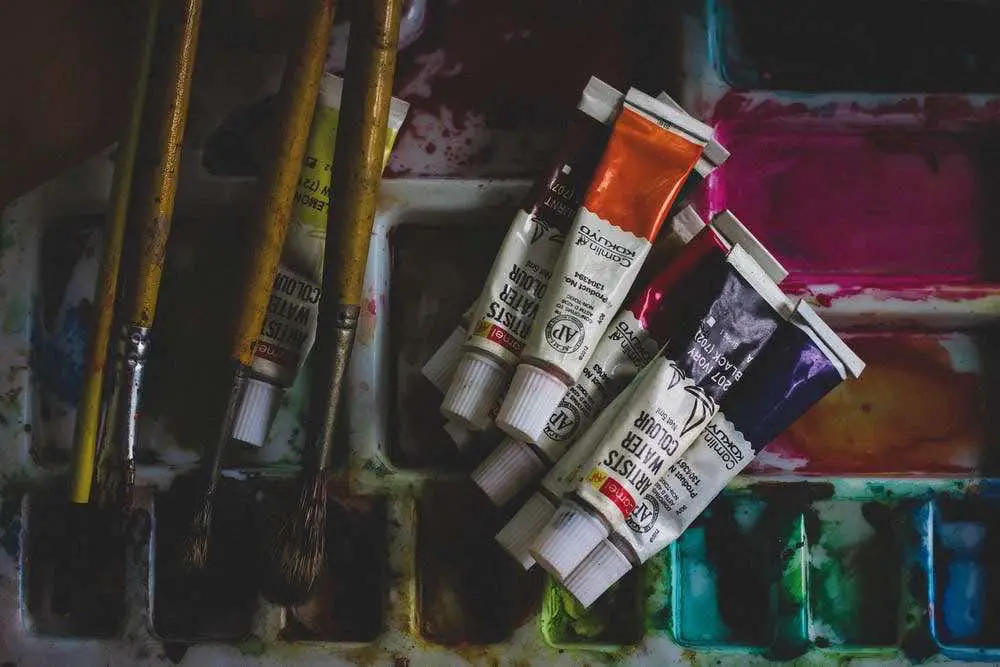
Using watercolor may require a lot of water. Dividing the work into various thinned stages and layers of watercolor painting can refrain from excessive water flow.
Using thin layers of watercolor paint can help resist mistakes. Layering allows for subtle changes. If you want good control over your painting, lay down thin layers. Layering is a good technique to follow if you’re a beginner. This way, you can avoid using a lot of water at once.
WARNING!
Avoid paper buckling
Laying thin washes doesn't mean that the paper won't buckle. Keep the quantity of water as minimal as possible with each layer. Just wet enough for the watercolor paint to go on top, but not too wet, or else the paper surface can tear apart.
Go as thin as you can for the first layer (but not so much that the paint color isn’t visible!). Then slowly build up the painting in at least two to three more layers.
PRO-TIP
add subtle details
If you're not working large scale, avoid using big brushes. The smaller the brush, the lesser the water. And thus, there are few chances of making mistakes.
5. Burnish the watercolor paper
Wouldn't you like a smoother sheet for your watercolor painting?
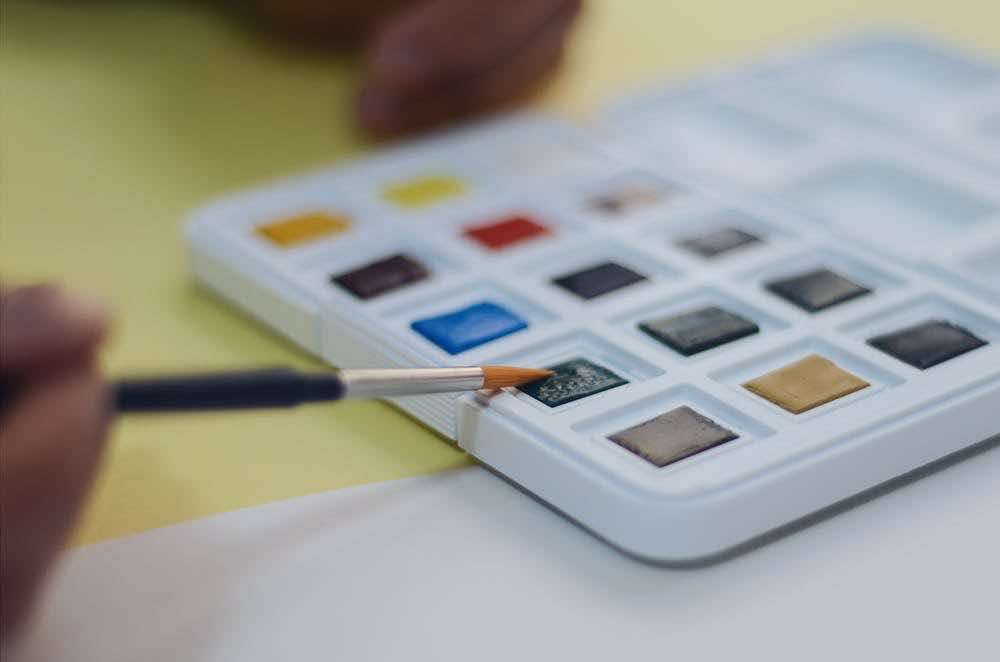
Burnishing is a method by which you smooth the paper by rubbing excessively with a burnishing tool or a well-polished stone.
While burnishing is mostly used for avoiding ink from bleeding. The same could be said for watercolor as well. If you’re using a lot of water, not only can it sink into the paper and make it buckle, it may also make the watercolor spread out too much. Usually, an official burnisher or a stone can be rubbed against the sheet to make it smoother.
On a smooth sheet, it will be easier to remove watercolor paint just in case you make a silly mistake! It’s also good for the miniature painting technique but demands a lot of control during layering. It would mean you paint watercolor in a manner that isn’t too wet and doesn’t remove the layer beneath the one you’re applying.
Conclusion
So the drying speed of a watercolor painting depends on the techniques, as well as the environment. In more humidity, your watercolor painting will take quite some time to dry. But if the weather is dry while you’re making your artwork, it would dry very fast.
For beginners, it is best to stick with the wet-on-dry technique because you could save the paper from buckling. Moreover, it’s also simpler to control the flow of water as the surface is not already wet. Additionally, planning your painting ahead of time, using thin washes, masking fluid, and burnishing the sheet will also refrain the paint from spreading unnecessarily.
If you wish to learn more about watercolor, read this post on whether watercolor is the right medium for you or not!
Is Watercolor a Medium? Is it the Right one for You?
Watercolor is a very common painting medium. That being said, there are a few things you should know to understand whether it's your medium or not!

By Jimena & Iñigo
The Navarro-Rubios
My husband and I are learning how to draw and paint. We wanted to share this learning process with the world and have fun! That's why we created this blog. We'll have drawing contests every week and you'll decide who won that week! Follow along and learn with us!

Jimena & Iñigo
The Navarro-Rubios
My husband and I are learning how to draw and paint. We wanted to share this learning process with the world and have fun! That's why we created this blog. We'll have drawing contests every week and you'll decide who won that week! Follow along and learn with us!
